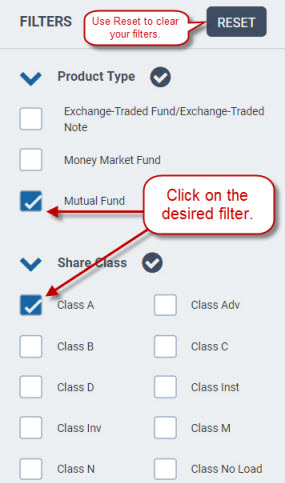7 Warning Signs of Underperforming Funds to Avoid
1. Consistently High Expense Ratios: Funds charging over 1.5% annually without delivering superior returns are eating into your profits.
2. Frequent Manager Changes: More than 2 portfolio manager changes in 3 years indicates instability and lack of consistent strategy.
3. Style Drift Issues: When growth funds start buying value stocks or vice versa, it shows lack of discipline and clear investment philosophy.
4. Poor Risk-Adjusted Returns: Low Sharpe ratios compared to peers indicate the fund isn't compensating investors adequately for risk taken.
5. Massive Asset Outflows: When institutional investors are pulling money out consistently, it's often a red flag about future performance.
6. Benchmark Underperformance: Failing to beat relevant benchmarks over 3-5 year periods suggests active management isn't adding value.
7. Lack of Transparency: Funds that don't clearly communicate their holdings, strategy, or risk management processes should be avoided.



